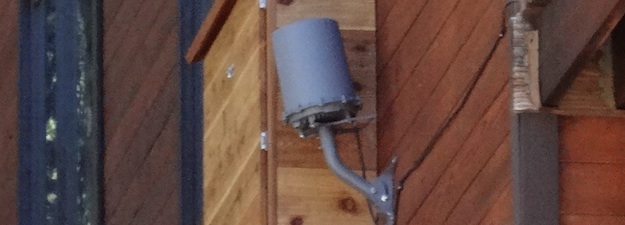
As it accepted $2.6 billion in federal subsidies over six years to improve rural broadband service, AT&T told the Federal Communications Commission that it’ll spend the money on building out its wireless infrastructure, rather than upgrade decaying copper networks. Consistent with the story it told the FCC during its successful bid to acquire DirecTv, AT&T called out plans to rely on what it previously labeled as wireless local loop technology to deliver broadband service to rural customers in areas that are eligible for Connect America Fund (CAF) money…
We anticipate meeting our CAF Phase II obligations through a mix of network technologies, including through the deployment of advanced wireless technologies on new wireless towers that will be constructed in previously unserved areas. We will diligently pursue the necessary tower siting and permitting processes so that these new towers can be completed in a timely manner.
Wireless local loop is a hybrid of fixed and mobile wireless technologies. It involves linking cell towers primarily designed to support mobile service to homes and businesses by permanently installing antennas and receivers aimed at those towers. In the past, AT&T has said this type of system is capable of supporting Internet speeds in the 15 Mbps range, which in theory exceeds the FCC’s 10 Mbps download and 1 Mbps upload standard for CAF-subsidised service.
AT&T hasn’t released any information about how much this service would cost. If it tracks with typical mobile broadband rates it will be far more expensive than wired service, but it could be priced differently.
It’s not a forgone conclusion that AT&T will be allowed to abandon its rural copper systems in favor of wireless service, but the company is making it clear to the FCC and everyone else that it is heading in that direction.
